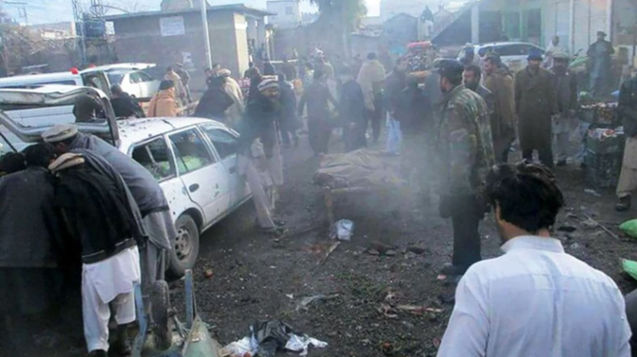Saffron party seeks historic third term as Congress fights to regain dominance.
As Haryana gears up for the October 1 Assembly elections, the political battleground is heating up with a high-stakes contest between the two national rivals-Bharatiya Janata Party (BJP) and the Indian National Congress. For both the parties, this election is more than just a regional power struggle — it’s a crucial test of their political strength and strategies.
The BJP, led by Chief Minister Nayab Saini –a strategic replacement of Manohar Lal, is seeking to make history by securing a third consecutive term, despite facing the challenge of double anti-incumbency due to its decade-long hold on both the state and central governments. On the other hand, Congress, which once dominated Haryana, is striving to regain its foothold, even as internal divisions threaten to derail its efforts.
The political landscape in Haryana is further complicated by the presence of regional players like the Jannayak Janta Party (JJP) and the Aam Aadmi Party (AAP). While the JJP aims to retain its influence as a crucial third force, the AAP is working hard to make its mark in Arvind Kejriwal’s home state. However, despite these contenders, the primary battle remains between the BJP and Congress, with the regional parties may potentially play spoiler by dividing the votes in the multicornerd contest.
This election is particularly significant as it follows the Lok Sabha elections, serving as a litmus test for both national parties. For the BJP, a victory in Haryana would not only mean retaining power but also reinforcing its dominance in northern India after the setback in Himachal Pradesh. The party is also keenly aware that the outcome in Haryana will resonate beyond state lines, influencing upcoming elections in other states, including Maharashtra, Jharkhand, and Delhi.
Similalry, for Congress, reclaiming Haryana is equally critical. The party, which lost the state in 2014 after two consecutive terms under Bhupinder Hooda, is desperate for a comeback. The BJP’s rise in Haryana led to the decline of its former ally, the Indian National Lok Dal (INLD), and the emergence of the JJP as a kingmaker in 2019. However, the JJP is now in disarray, with seven of its MLAs having defected, leaving the party scrambling for alliances, including a new tie-up with the Azad Samaj Party. But a straight fight with the BJP seems a bigger challenge for the Congress ever before.
If the BJP manages to secure another term, it would be the first time in Haryana’s history that any party has achieved three consecutive terms in power. Nayab Saini –an OBC — has been the face of the BJP’s campaign, is emphasizing his administration’s focus on development, governance, and law and order besides jobs on merit. However, the party faces significant hurdles, including anti-incumbency sentiment, agrarian distress, and backlash from controversial policies like e-initiatives particularly alienated rural voters.
For Congress, a victory in Haryana would send a powerful message that it is regaining ground in northern India after its success in Himachal Pradesh. The party has received a morale boost from winning five out of ten Lok Sabha seats in Haryana, and party leader Rahul Gandhi has taken a direct role even in selection of candidates on the basis of winnability. However, the biggest challenge for Congress remains its internal divisions and factionalism, which threaten to undermine its efforts as all the senior leaders of the party were struggling hard to get maximum tickets to their supporters to strengthen their claims for the CM’s post.
Political observers note that while Haryana is a small state, its political significance is considerable. A Congress win here would be a significant blow to the BJP, bolstering the party’s prospects in neighboring states like Delhi and Punjab, while the BJP’s victory will boost the saffron party to continue its victory march over its old rival.







